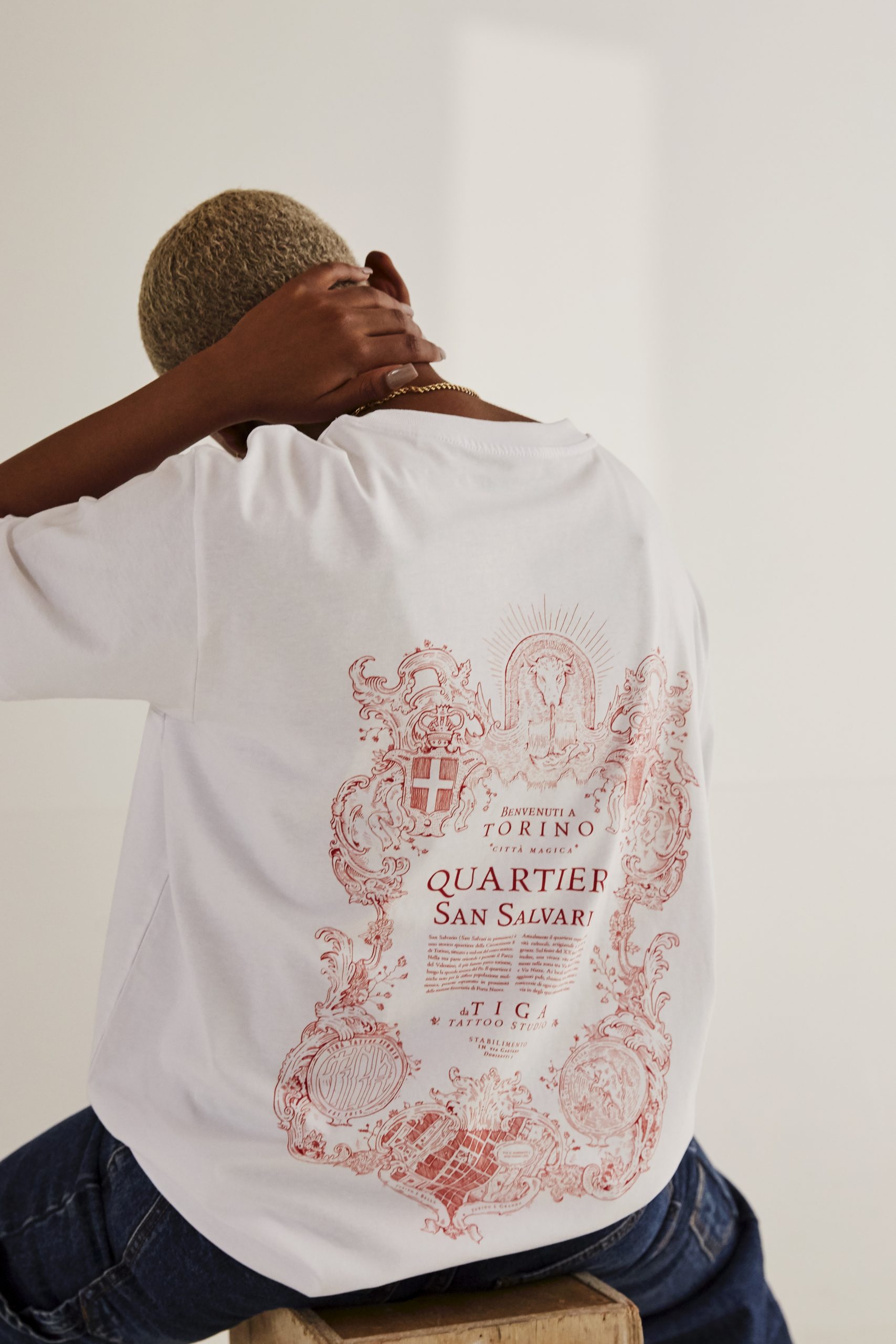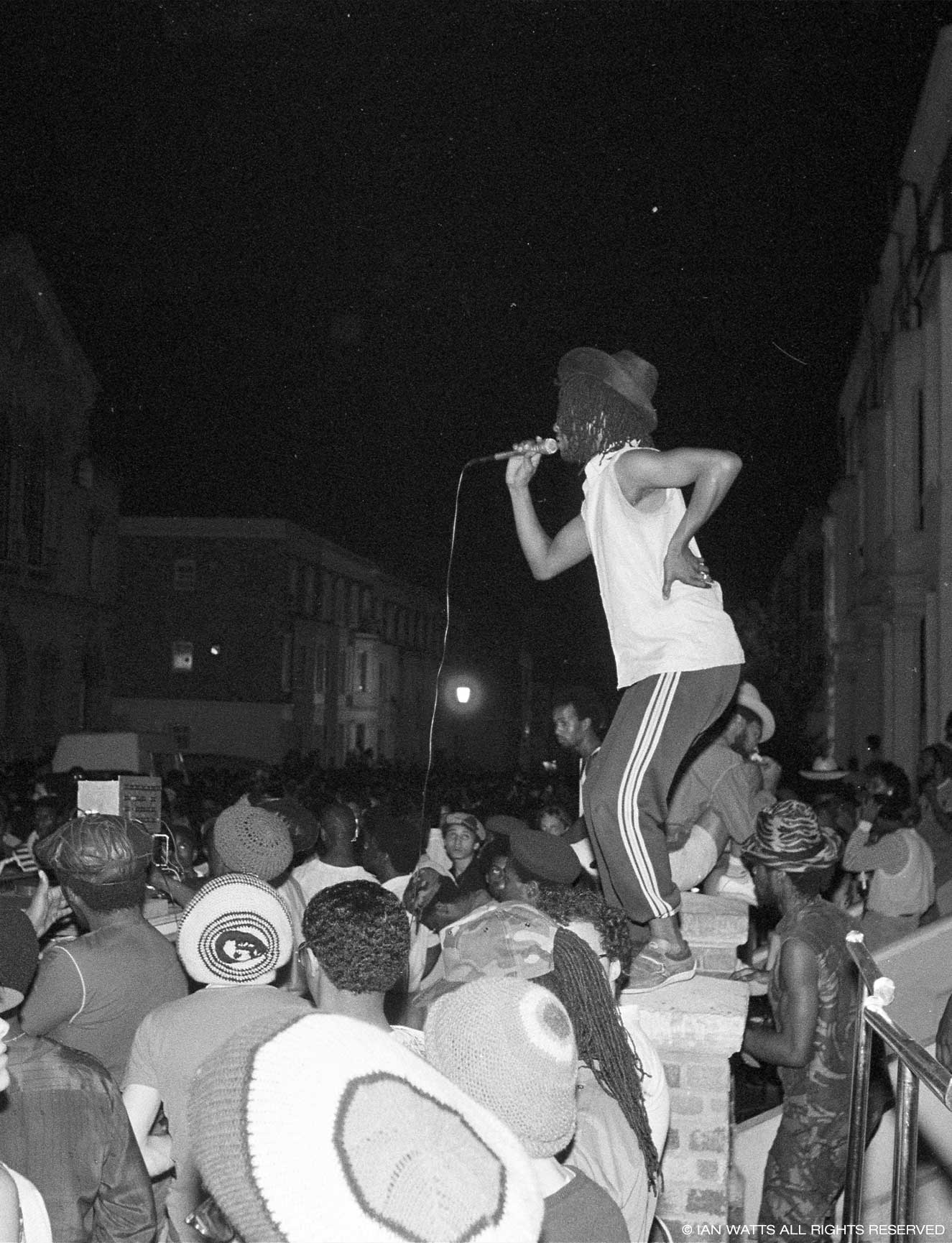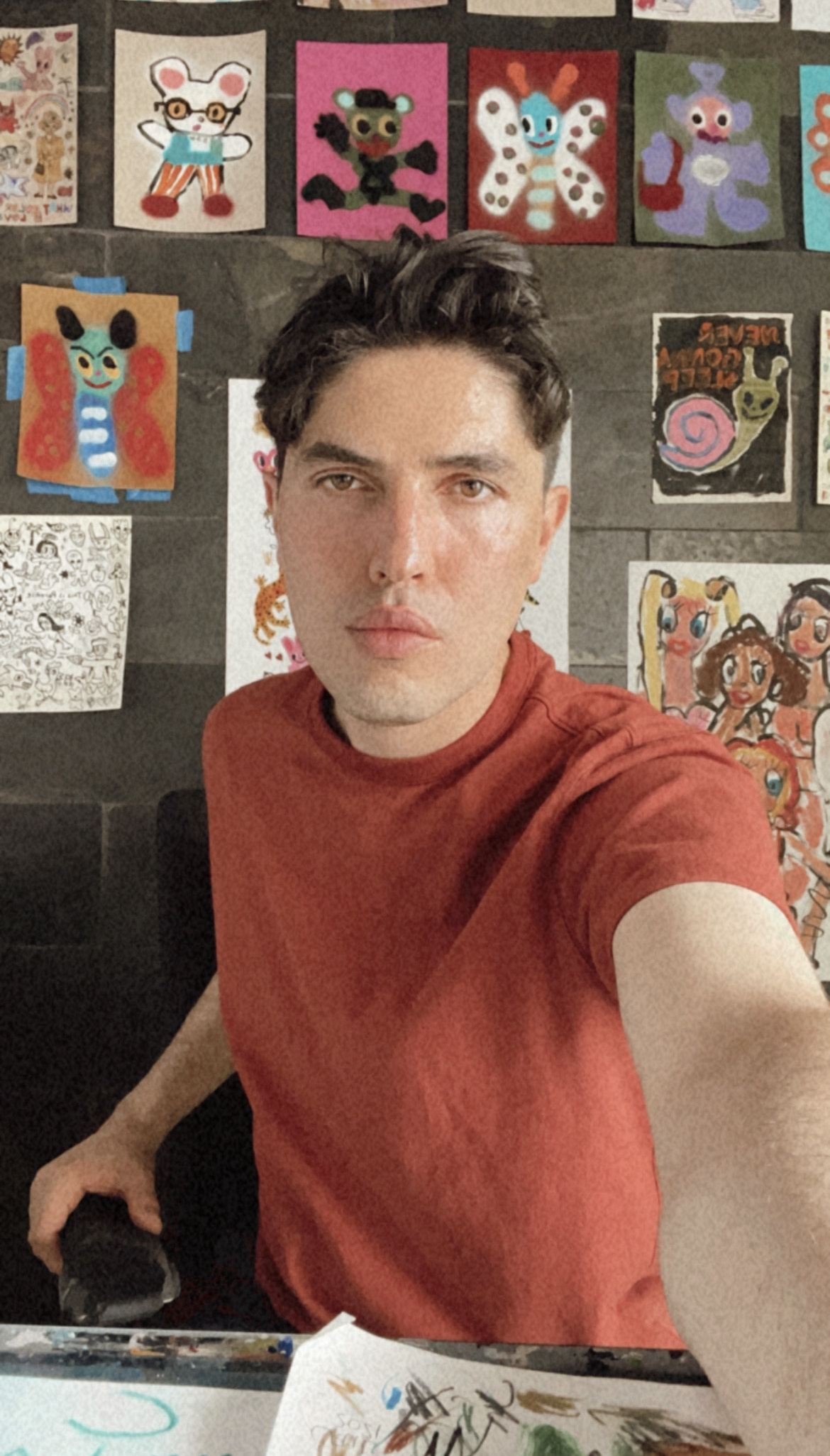An album comprising a tracklist that’s mostly been listened to many times before (albeit with added extended versions, surprise features and some never-before-heard songs) was met with a frenzied response comparable to a completely ‘new’ release. Novelty is highly prized across the creative industries and pressures have always existed to produce new ideas for mass consumption. So, given Swift’s unconventional approach to delivering fresh material, how do other creatives fare within today’s zeitgeist?
Novelty is highly prized across the creative industries
Over the last two years, the world has implemented various strategies to mitigate the spread of COVID-19. As feelings of loneliness, anxiety and depression vacillate amongst the population, fluctuations in collective mental health beg the question as to whether any creatives have been feeling resultant repercussions, especially when it comes to debuting new work. Additionally, physical locations have closed or become limited in capacity, meaning that digital spaces have opened up to facilitate novel ways for creatives to share their ideas.
In recent times, the art world has experienced a shakeup with the debut of Non-Fungible Tokens (or NFTs). Essentially a form of digital art, whether that be a graphic image, video or audio file, each NFT comes with a certificate of authentication or proof of ownership, so that each newly created piece is unique. This easy functionality has led many to believe that NFTs are beginning to form the foundation of a digitised art world. NFTs have also quickly become the subjects of meme culture – but the money a single NFT can generate is no laughing matter. In June last year, world-renowned art dealership Sotheby’s sold the NFT CryptoPunk 7523 for a cool $11,754,000 USD. Only a slight adjustment to one version of a digital work is needed for an NFT to qualify as a new entity, so the process of creating one is arguably low-effort.
Gaby Sahhar is a 29-year-old artist based in London. Working in numerous mediums ranging from video to pen and ink, Sahhar has curated many of his own solo shows at galleries across London, including TATE Britain. He’s also the brains behind the artist support network Queerdirect, which aims to facilitate the endeavours of LGBQTIA+ identifying individuals within the industry. Sahhar highlights that the forging of an NFT is pretty much the opposite of what it takes to create physical art. “We live in an age surrounded by a high concentration of imagery; social media and advertising and physical artworks make up a high percentage of those images”, he says. “I think people can underestimate how long these artworks take to produce when they see the final product on Instagram, as painting can be one of the slowest art forms to create. I think some people allow the way we experience imagery to affect the process of making art, which can often lead to some conceptual holes in the painting or end result”. Social media serves as a constant stream of new content, meaning that to keep up with demand, it’s now much easier to create and reproduce art quickly – but that doesn’t necessarily translate to quality artwork being the final product.
Digital spaces have opened up to facilitate novel ways of sharing ideas
Similar mechanisms operate within the fashion industry. From Harper’s Bazaar to Vogue Magazine, fashion publications have often questioned whether there are just too many seasons in the fashion calendar. Traditionally, designers have been expected to produce collections for Spring/Summer and Autumn/Winter, with Resort and Pre-Fall offerings also potentially on the table. Fashion weeks to debut these collections run consecutively around the globe, and went on even through the pandemic in some cases, creating a show/design/show schedule that’s hard not to view as punishing. Back in 2016, Burberry launched the “See now, buy now” format, in which consumers can shop designs straight after they hit the runway. Originally posited as a way to prevent high street retailers from copying designs and to allow creative teams longer than the standard six months to conceptualise a collection, the process has been criticised for favouring larger fashion houses that have the resources and workforce to implement such a strategy.
Freelance journalist Grace Cook, who’s covered fashion week for the likes of The New York Times and the FT, emphasises that it’s important to remember that smaller brands likely can’t adapt in the same way. “In a market when everyone else is constantly promoting, it must be hard for brands that do want to stay small to not feel like their voice is getting lost amongst the noise of social media”, she says. “Designers that stick to a coherent and evolving aesthetic are also at risk of being labelled boring or same-y”. Mike Eckhaus and Zoe Latta, the designers behind NYC and LA-based label Eckhaus Latta have foregone fashion week mechanisms in favour of their own system. In an interview with Vogue Business last year, the two designers explained that for the time being, they’ve chosen to debut their new collections around a “moment” — a timeframe that works for both themselves and their supply chain. In the last couple of years, other brands such as Marine Serre and Carcel have chosen to show collections using fashion film only: capitalising on the expansion of the digital world, offering a more sustainable alternative to a physical show and revolutionising fashion film as a medium.
Some brands have chosen to show collections using fashion film only
In October 2021, Facebook founder Mark Zuckerberg heralded the arrival of Meta – a social media metaverse which would signal a new age of digitisation. Arguably, the pandemic has helped to catalyse this shift towards life happening online, where there’s both high demand and high visibility when it comes to creative content. As a result, creatives from various fields have adapted their work processes – choosing to either comply or rebel against this newfound status quo. On the one hand, there’s a desire to push for greater output but potentially at the expense of the end product. On the other, a need to slow down and adopt revolutionary ways to produce and display new work. Factors such as chosen field, resources and personal ethos seem to affect how each creative approaches the concept of creating newness in modern times, but whether acting in deference or defiance, the digital world seems to have an overarching influence on artistry. “I think the shift to [existing] online has meant that trends play out in a different way,” says Cook, “which longer term may mean trends burn through quicker, but arguably it’s easier to be inspired nowadays”.
Read More: A Fashion Industry Roundtable






